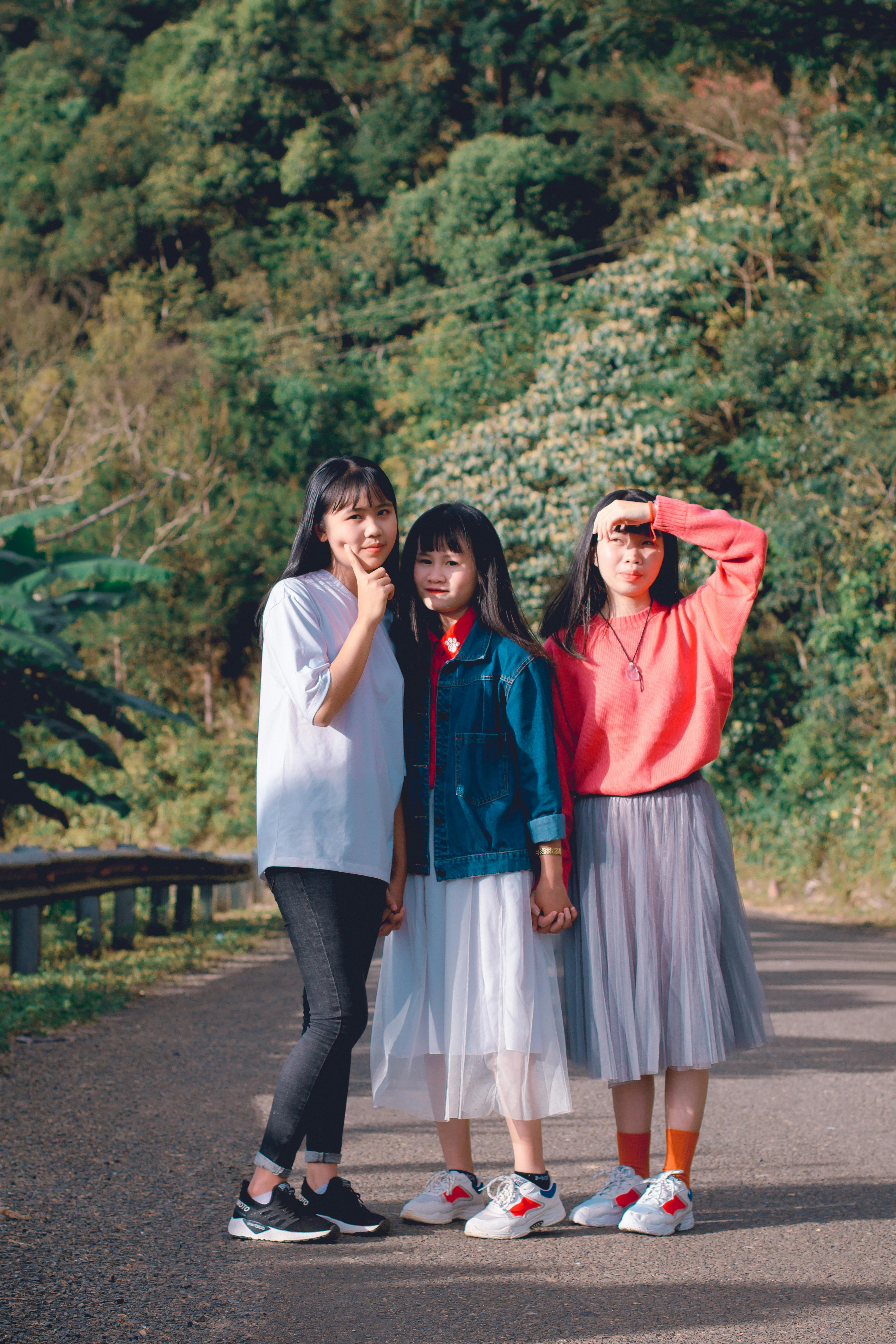In the Hebrew custom, bridal ceremonies are a moment for joy and celebration. There are many different cultures that make up hebrew marriages but there are a few important times in any meeting that will be recognized by most guests. First is the hijab of the wedding, known as Bedeken. This is done prior to the meeting and is a symbol of concealing the bride’s confront from the wedding until after they are married. The veil is frequently held by her family, sister, or another near female family members https://asiansbrides.com/jdate-review/.
Next is the trade of rings and pledges which take place under the Chuppah, a ceiling that represents the home that the few likely build together https://guideposts.org/positive-living/health-and-wellness/life-advice/finding-life-purpose/7-things-you-may-not-know-about-st-valentine/. It is at this point that the groom presents his wedding with her band. The wedding therefore takes his couple’s side in his, declaring that they are now constitutionally married under Israeli law.
After the chuppah is closed, the partners enters into their greeting which is a period for song, dancing, and usually periods managing acts! The couple will waltz in loops, with guys with the man and women with the wife. A mechitzah ( divider ) is placed between the two circles. There is also a festive waltz called the Hora where the few is lifted into the air with recliners while holding either a handkerchief or fabric towel.
After the waltz, the couple will take their first meal as a married couple along with their families, grandparents, and the priest. During this meal, Birkat Hamazon ( Grace After Meals ) and the Sheva Brachot are recited. The Sheva Brachot are seven blessings that draw Divine blessings on the few for their wedding.

